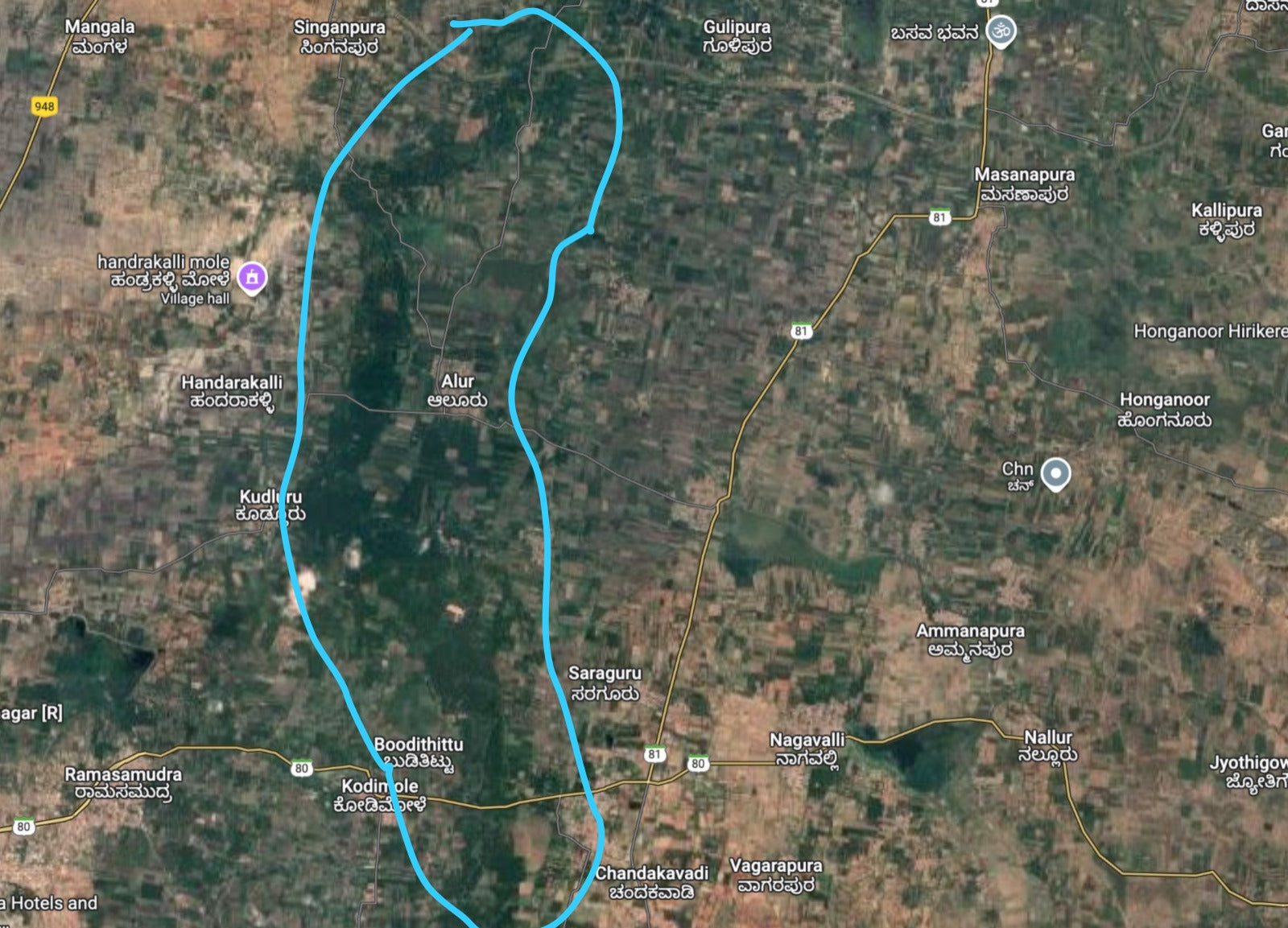
The Ancient Farming Wisdom That Defies Time: A Journey Through a 500 acre Living Legacy
On 19th of December, I visited Alur, a village in Chamarajanagar district, Karnataka, that stands as a living testament to ancient agricultural wisdom. This isn’t just any farm—it’s a sprawling 500-acre haven, where farming practices that have survived for centuries continue to thrive. It’s also the native place of Mr. A.V. Murthy, whose innovative water filtration system I’ve discussed in previous posts.
The Farming Method: A Step Back in Time, A Step Forward for the Earth
What makes this farm so unique is its adherence to age-old methods passed down through generations, rooted in the practices of the Chola Dynasty, dating back over 1,000 years. The farm uses no fertilizers, no chemicals, and no artificial inputs—just the earth, the plants, and the timeless wisdom of the land. Water is channeled through an ancient canal system, designed like a tree’s branching structure, which nourishes the crops without modern irrigation systems.
The farmers leave nature to take its course, letting fallen leaves, branches, and fruits naturally decompose to nourish the soil, preserving the land in its purest state. This approach not only protects the environment but also maintains the farm’s biodiversity—growing indigenous varieties of coconut, mango, jackfruit, teak, and rosewood, all of which have survived droughts and infestations thanks to their resilience.
The Seasonal Rhythms of the Land
The land follows a natural rhythm. During the rainy season, the fields become submerged in water, enriching the soil. The winter fog creates a mystical atmosphere, and summer temperatures are cooler than the surrounding regions, offering a unique microclimate for growth.
The Dilemma: Preserving Ancient Practices in a Modern World
Despite the farm’s superior, natural produce, the price it fetches remains stagnant, comparable to that of conventionally grown crops. While mass-produced fruits are drenched in chemicals, the naturally grown produce from this farm is nurtured with methods that promote long-term sustainability—but is paid the same market price. This economic reality poses a challenge for the survival of such ancient methods.
A Glimmer of Hope: Preserving the Legacy
Finding a balance between preserving these ancient practices and making them economically viable is crucial. There is potential for this farm to become a model for sustainable, high-quality agriculture that could inspire others. This requires a shift in how we value and price naturally grown produce, especially in a world driven by profit margins.
At Maadhev, we’re proud to partner with Arogya Butthi, a local Farmer’s Self-Help Group, to bring these high-quality products to the U.S. You’ve already experienced their Mehendi, Indigo, Multani Mitti, Chola dynasty tooth powder, soaps, and shampoo bars, all made from crops grown on this very land. We’ll be bringing you more products from Arogya Butthi in the coming months.
For these traditions to survive, we must support them—by buying sustainably, advocating for fair trade, and recognizing the priceless value of ancient agricultural knowledge. In the end, true sustainability isn’t just about the yield—it’s about ensuring that future generations can continue living in harmony with the land.
